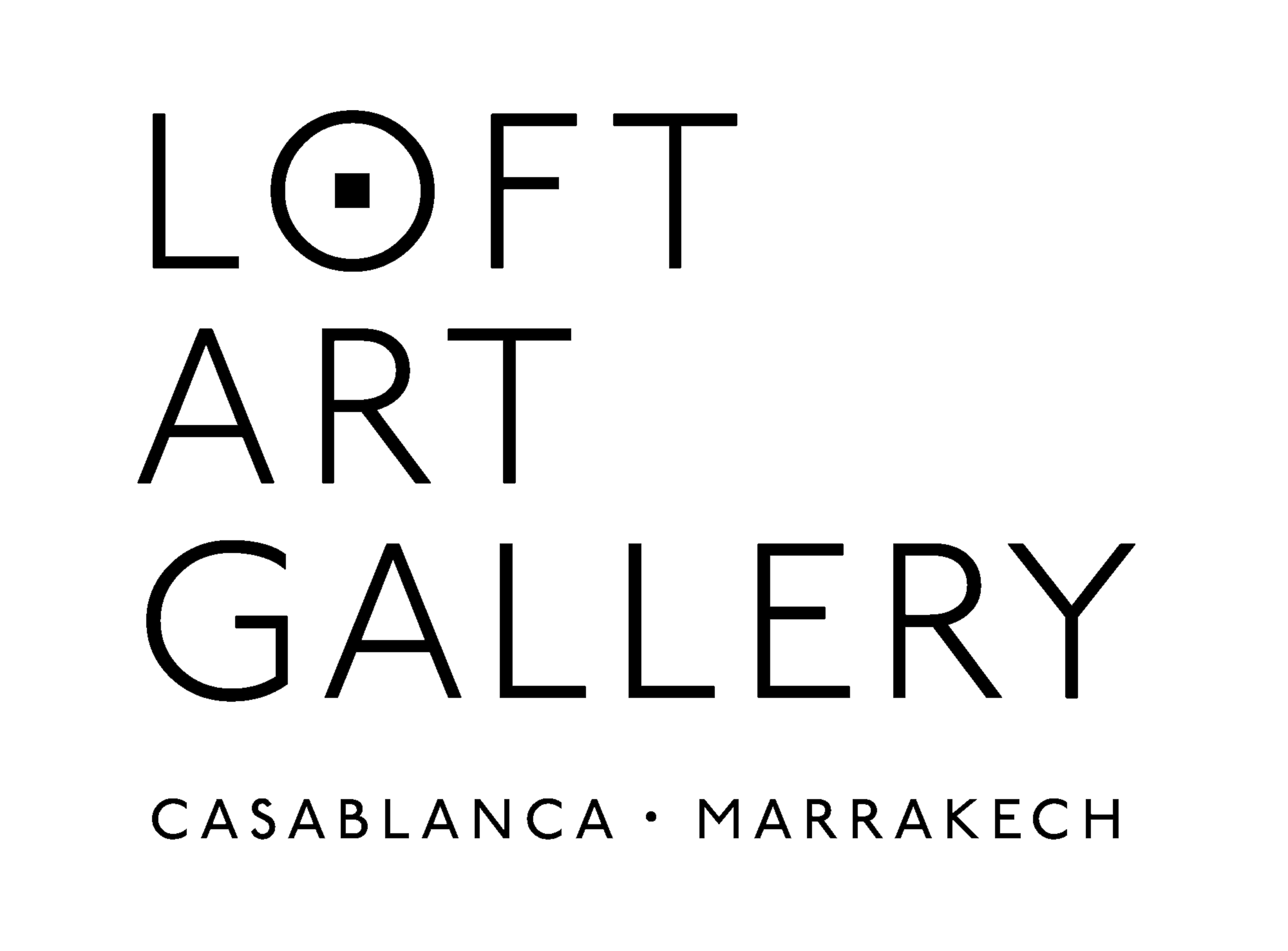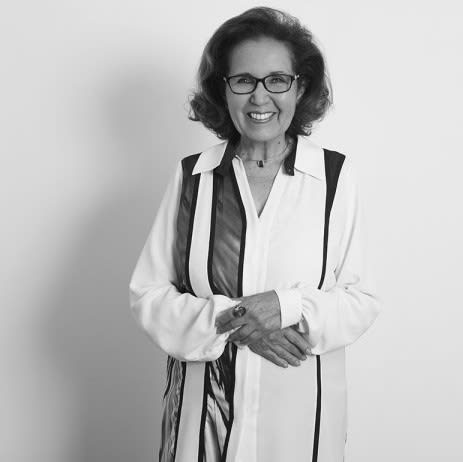Malika Agueznay
Born in 1938, Marrakech
Lives and works in Casablanca
Malika Agueznay is a pioneering artist in many ways. The first woman to develop abstraction, she took part in Moroccan modernity and contributed, alongside the tenors of the Casablanca School, to defining its codes and forms.
In 1966, after initial scientific training, Malika Agueznay enrolled at the Casablanca School of Fine Arts, then directed by Farid Belkahia. There, she rubbed shoulders with the thinkers of Moroccan modernity and contributed with them to inscribing art in the political and social fields that would define the movement. Together, they questioned contemporary painting and focused their work on the study of forms, lines, geometry and pure colour. In contact with them, the artist develops her own research which she will explore throughout her life through different media.
It was through her experience of engraving, which she discovered in 1978 at the Moussem of Asilah, that Malika's work gained strength and freed herself from preoccupation with the legibility of form and content. As her friend the anthropologist Bert Flint points out, Malika Agueznay is, without doubt, the Moroccan artist of her generation who has pushed research in this field the furthest. To deepen her technique, the artist, who is also a young mother, does not hesitate to go to New York, to the studios of renowned engravers such as Mohamad Omar Khalil, Krishna Ready and Robert Blackburn. She will complete this apprenticeship in Paris at Atelier 17. Since then, faithful to the teachings of the Casablanca School, the artist returns to Asilah every year to lead the engraving workshop on the occasion of the Moussen (International Art Festival).
"Being an engraver allows the painter that I am to duplicate myself and achieve everything that I can't do in painting. And yet my painting and my engraving are held by the hand, I can feel it."
Malika Agueznay
Among the forms that preoccupied her from her early years at art school, that of seaweed gradually took a predominant place in her work and soon became omnipresent.
Guided by the expert hand of the artist, the seaweed motif has been constantly renewed for more than fifty years and is an integral part of the history of Moroccan art. Whether on canvas or engraved on different mediums, the artist gives many variations; sometimes, geometric forms with clear contours, some historians also relate it to the curves of the female body or to the multiplication of cells as a symbol of life that nothing can destroy. The simplicity of the form, which repeats itself ad infinitum, is self-sufficient and, the kinetic effect it generates, disconcerts and questions. To this abstract figure whose limits she explores, the artist soon adds that of the interlaced. The sense of balance between surface, volume and matter remain her primary preoccupation. Warm and frank colours enhance the forms. The addition of calligraphy and the uncertainty of suras from the Koran or "magic words" such as peace, love, modesty or generosity gives the whole an intense vibration.
The Loft Art Gallery's exhibition of Malika Agueznay's work is intended to highlight the artist's research into this generic form, which has nourished her work since its beginnings, through the use of bas-reliefs as a medium. This form, which we dare to call algae, and of which each work represents a fragment of a more complete whole that bears witness to a pictorial system chosen and assumed by the artist. Through a group of about twenty works, all of which refer to the research carried out by the artist during 1968, the gallery wishes to pay tribute to the artist's creative power.

